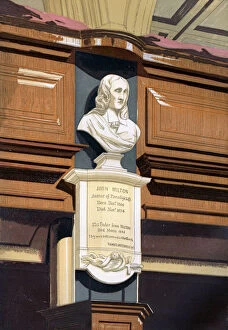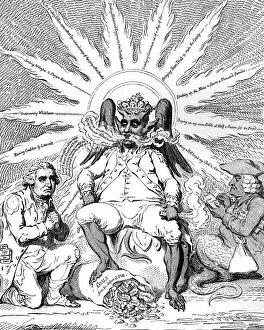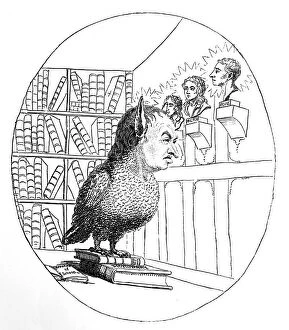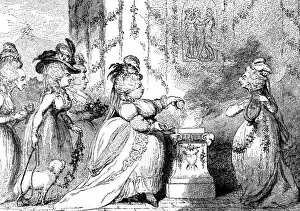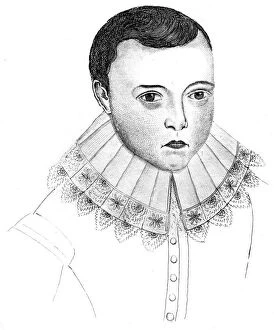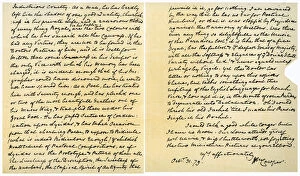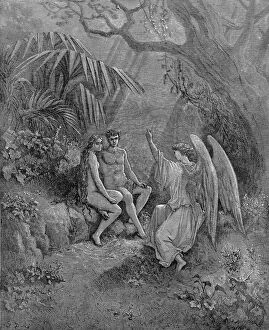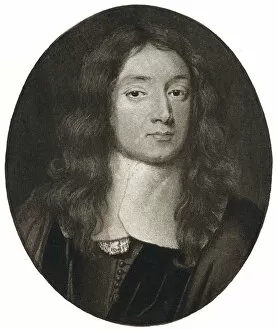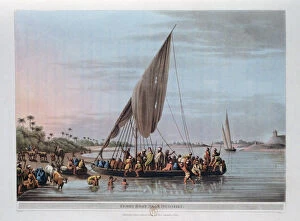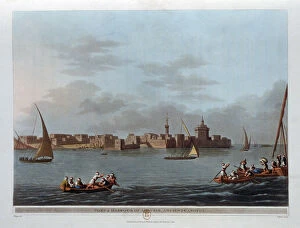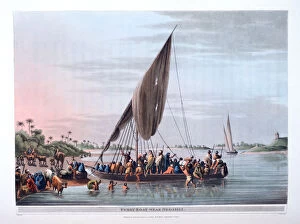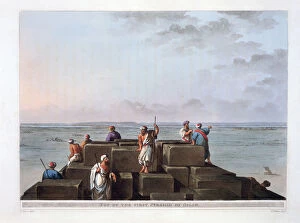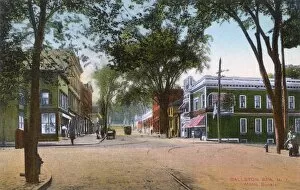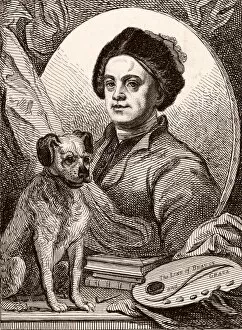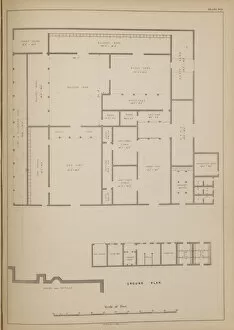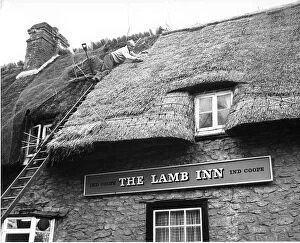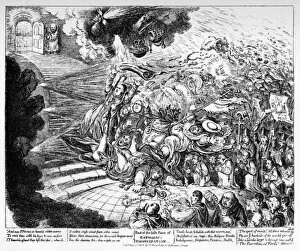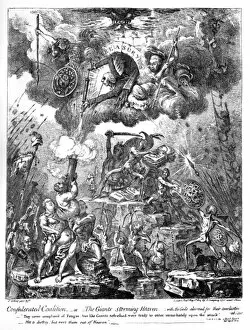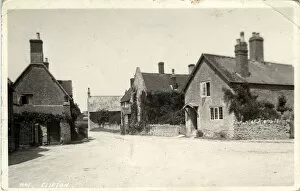Milton Collection (#8)
Milton, a name that echoes through the ages, conjures images of epic battles and profound literary works
For sale as Licensed Images
Choose your image, Select your licence and Download the media
Milton, a name that echoes through the ages, conjures images of epic battles and profound literary works. From the pages of "Paradise Lost" to the wood engravings by Gustave Doré, Milton's influence is undeniable. In Book I of "Paradise Lost, " Satan and his rebellious angels are cast out of Heaven, forever altering the course of history. The wood engraving after Gustave Doré captures this momentous event with its intricate details and haunting beauty. Gravesend/Milton Place stands as a testament to Milton's enduring legacy. This location holds significance in both history and literature, serving as a reminder of Satan's flight to Earth. But Milton is not confined to grand tales alone. The whimsical music sheet cover for "Mairzy Doats and Dozy Doats" adds a touch of levity to his name, showcasing his versatility across different genres. Bridge Street in Ballater, Aberdeenshire may seem an unlikely connection to Milton at first glance. However, it serves as a reminder that inspiration can be found even in unexpected places. Perhaps this quaint street has sparked creativity in someone who would go on to create their own masterpiece inspired by Milton's work. Gustave Doré's illustrations further immortalize Milton's words. In "The Fall of the Rebel Angels, " we witness Dore’s interpretation come alive with vivid imagery that captivates our imagination. Gravesend/Milton C1840? invites us into another era where we can glimpse how people once lived amidst landscapes that might have influenced or inspired John Milton himself. New Milton in Hampshire takes us back to reality with its bustling Station Road—a place where everyday life intertwines with literary greatness. It reminds us that while legends like John Milton may seem distant figures from another time, their impact continues to shape our world today.







